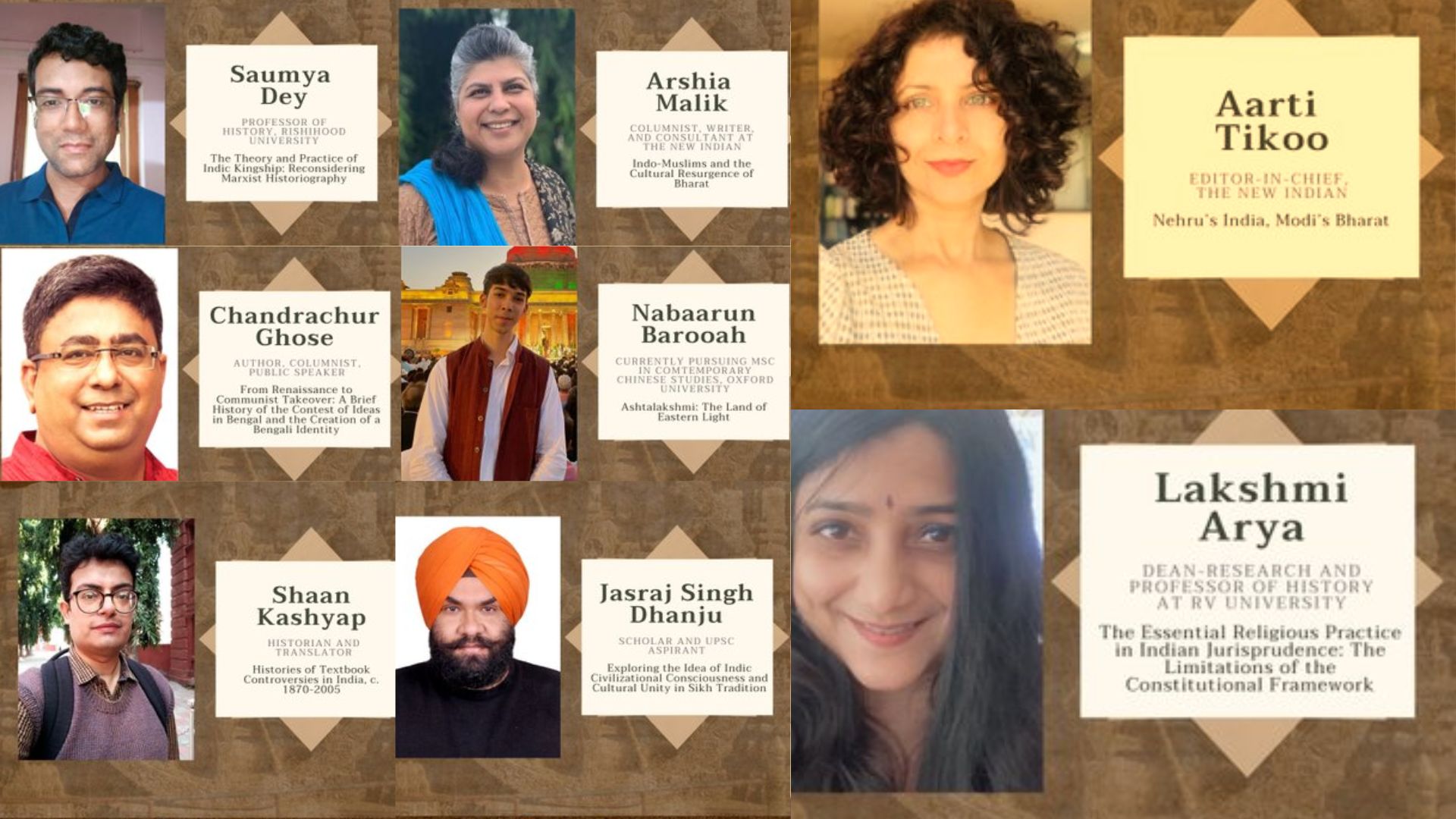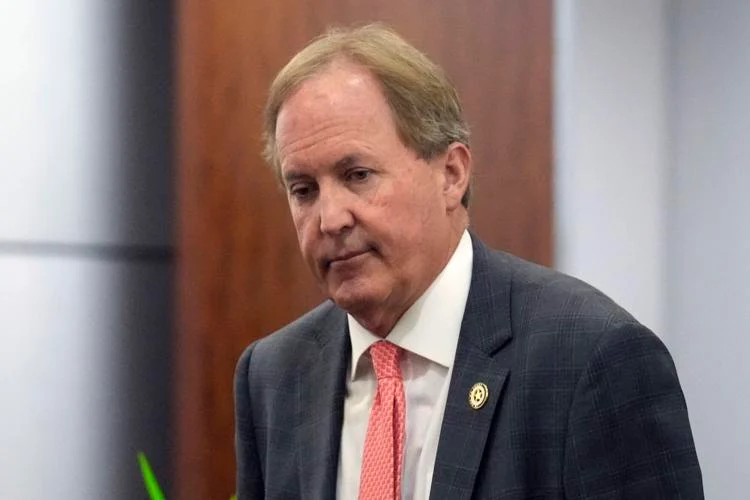Nirad C. Chaudhuri, in the mid-1960s, made a scathing attack in his book Continent of Circe, on Indian writers for seeing “their country and society in the way Englishmen and Americans do and write about India in the jargon of the same masters”. More than 55 years have passed, but these words remain as true as they were then, more so when one reads Sandeep Bamzai’s new book, Princestan: How Nehru, Patel and Mountbatten Made India.
Much has been written on India’s Independence and the accompanying Partition, and yet so little is known and explored about some of the most fundamental aspects of the two events. For instance, it took our intellectuals decades to comprehend that Partition was as much the handiwork of the Muslim League’s communal politics and the Congress’ failure to aptly respond to Mohammed Ali Jinnah’s two-nation theory, as it was the sinister British design to keep a friendly base in the subcontinent.
I still remember the furore Narendra Singh Sarila’s book, The Shadow of the Great Game: The Untold Story of India’s Partition, had created in the early 2000s when he linked India’s Partition with the British fear about the erstwhile Soviet Union gaining access in the region at the cost of the US-led Western powers. Realising that Indian leaders led by Nehru would not play the “Great Game” against the USSR, the British settled for Jinnah who was more than willing to bat for the West.
Now, Bamzai, through his new book, exposes another British plan for Balkanisation in the run-up to Independence. Under the express patronage of Winston Churchill, then British Prime Minister, a plan was devised by a few powerful princes, led by the Nawab of Bhopal (“a stalking horse for the all-powerful Nizam of Hyderabad”), to create “Princestan”. In all this, Bamzai states, Jinnah and Lord Wavells, the then Viceroy of India, played an active role too.
“The saboteur Nawab Hamidullah Khan of Bhopal also roped in the Dewan of Travancore, Sir C.P. Ramaswami Aiyar, and the wily Prime Minister of Kashmir, Pandit Ramchandra Kak. The trio formed a powerful lobby and pressure group, which was aided and abetted by the British Political Department boss, Sir Conrad Corfield—who, till the end, refused to give an inch to the Congress. Until he was summarily packed off by (Lord) Mountbatten on the insistence of an irate Nehru,” Bamzai writes.
Such was the devious plan that in a parting message to Lord Wavell at the end of his trip back home on 31 August 1945, Churchill had told him unequivocally, “Keep a bit of India.” Bamzai reveals, “In the spring of the same year, Churchill, then in power, had spoken with Wavell and told him of dividing India into Pakistan, Hindustan and Princestan. Leopold Amery, secretary of state in Churchill’s War Cabinet, had said something similar to Wavell’s predecessor, Lord Linlithgow, during the Cripps negotiations of 1942: ‘Keep an eye for space around Delhi.’”
The high point of the book, however, is how Pandit Nehru, Lord Mountbatten and Sardar Vallabhbhai Patel battled the rulers of the princely states “at every twist and turn to foil that cunning plan, even as the process of decolonisation had begun”. In all this, the author has a natural advantage over others: he was born in a family that was close to some of the main characters of the saga. The author’s grandfather, K.N. Bamzai, for instance, had the access very few could have: “First as special correspondent for Blitz in New Delhi, where he cracked some of the biggest exposés of the time; then as Private Secretary to Sheikh Abdullah, who was installed as the first Prime Minister of Jammu and Kashmir; and then finally as Officer on Special Duty (OSD) to Pandit Nehru, he was at the cutting edge of the dramatic developments of that era.”
This first-hand access to records makes the book one of its kind. Unfortunately, the author couldn’t talk to K.N. Bamzai or even his father, Jawaharlal Bamzai (the name shows the influence Pandit Nehru had on the author’s family). But they “provided me with real-time nuggets on what transpired during that time… I have been able to access hitherto unpublished top secret and confidential documents, missives, letters, papers and aide memoires bequeathed by my grandfather to me”.
What also stands out is that the author, despite his family’s affinity with the first Prime Minister, doesn’t fall into the Nehru versus Patel trap. The book never undermines the role played by Sardar Patel and his deputy, V.P. Menon, even though the author’s sympathies with Nehru are evident all through. In fact, the author can be credited with keeping a fine balance when he states that Patel “completed the task imagined and envisioned by Nehru and overseen with great sagacity by Mountbatten”. Without denying the role played by Sardar, he emphasises that the unification saga wasn’t just about Patel but Nehru, Mountbatten and even V.P. Menon made significant contributions.
Bamzai says that Nehru’s aversion to the idea of princely states was fulsome and uncompromising. And it’s not surprising given his socialist background. “Long before Sardar Patel started corralling the princes along with V.P. Menon and the enforcer Lord Mountbatten, it was Jawaharlal Nehru who was at the vanguard of the Congress’s idea of integrating the Princely States by giving the people power and overthrowing the autocrats who had subjugated these people and had been making them live in penury,” the author writes.
The problem is Nehru’s aversion was too ideological—and this came in the way of the execution of some of his noble objectives. Patel, on the other hand, had no such baggage. He had no love lost for the royals but he would play along with them if it suited the interest of the newly-independent nation. India and its interests were paramount for him. For that matter, he was ready to deal with anyone and everyone, including Lord Mountbatten.
As Alex Von Tunzelmann writes in Indian Summer, “He [Sardar Patel] was impervious to Mountbatten’s famous charm, describing the new Viceroy as ‘a toy for Jawaharlalji to play with—while we arrange the revolution’… For Patel’s part, he realised immediately that Mountbatten, with his own semi-royal status and personal friendship with many of the princes, was uniquely suited to help India achieve its aim of leaving no state behind.”
This pragmatism, along with tough negotiating skills, made Patel succeed where very few could have. It was this practical, nation-first approach that helped him unite almost the entire nation without shedding blood. Bamzai brings out this aspect of Sardar when he quotes V. Shankar, private secretary to Patel, who wrote in My Reminiscences of Sardar Patel: “As regards Junagadh, he was not prepared for any compromise and finally succeeded in evolving and executing his own plans despite Lord Mountbatten’s counsels against precipitating matters or his suggestion of a plebiscite [under UN auspices]… He [Sardar] remarked with a twinkle in his eye, ‘Don’t you see we have two U.N. experts—one the Prime Minister [Nehru] and the other Lord Mountbatten—and I have to steer my way between them. However, I have my own idea of plebiscite. You wait and see.”
Bamzai’s Princestan is worth your penny. Not just for bringing out the role played by Patel, Nehru and Mountbatten in the making of India as it is today, but also for realising how this country escaped Churchill’s diabolical design to “keep a bit of India” with Britain. It is also a stark reminder of how little we, as a nation, know of such a momentous period of our history.












